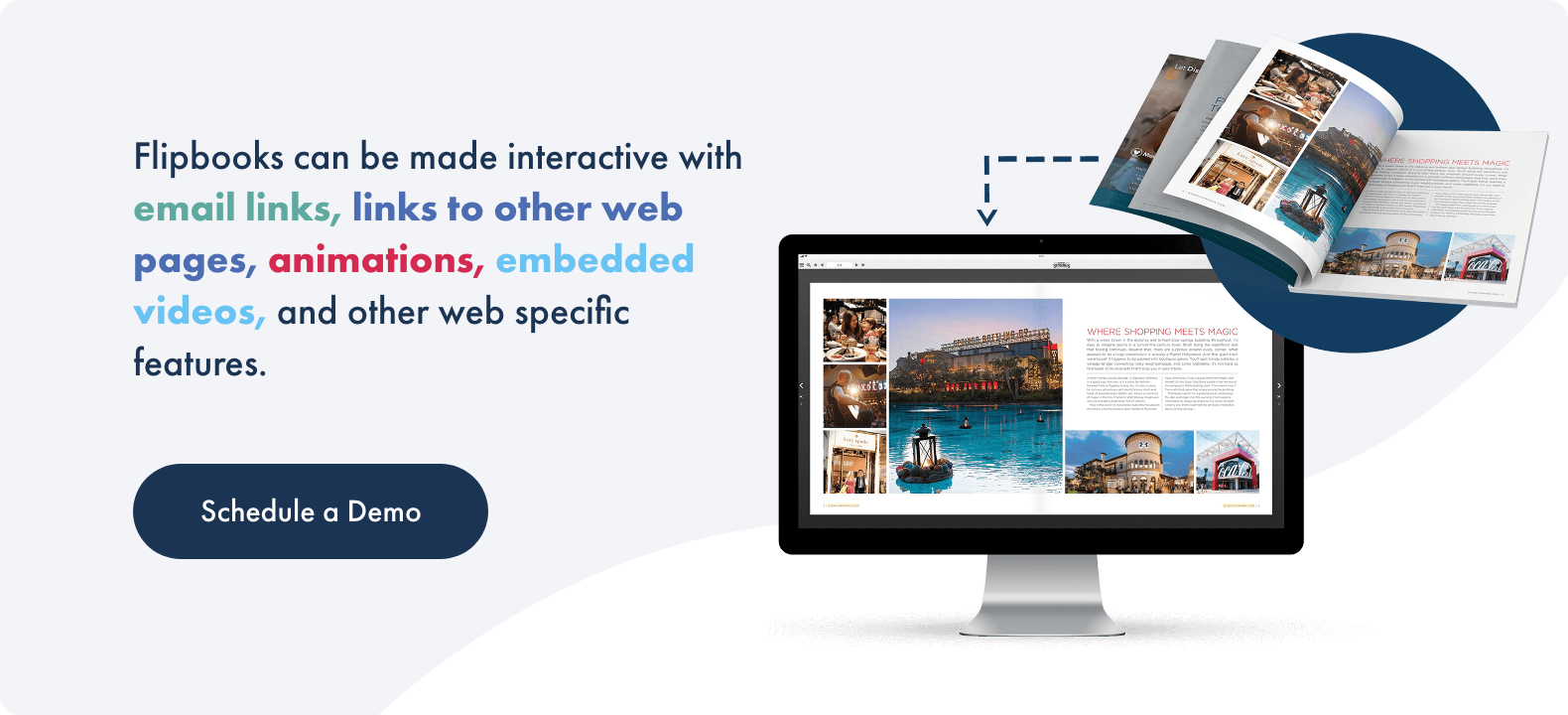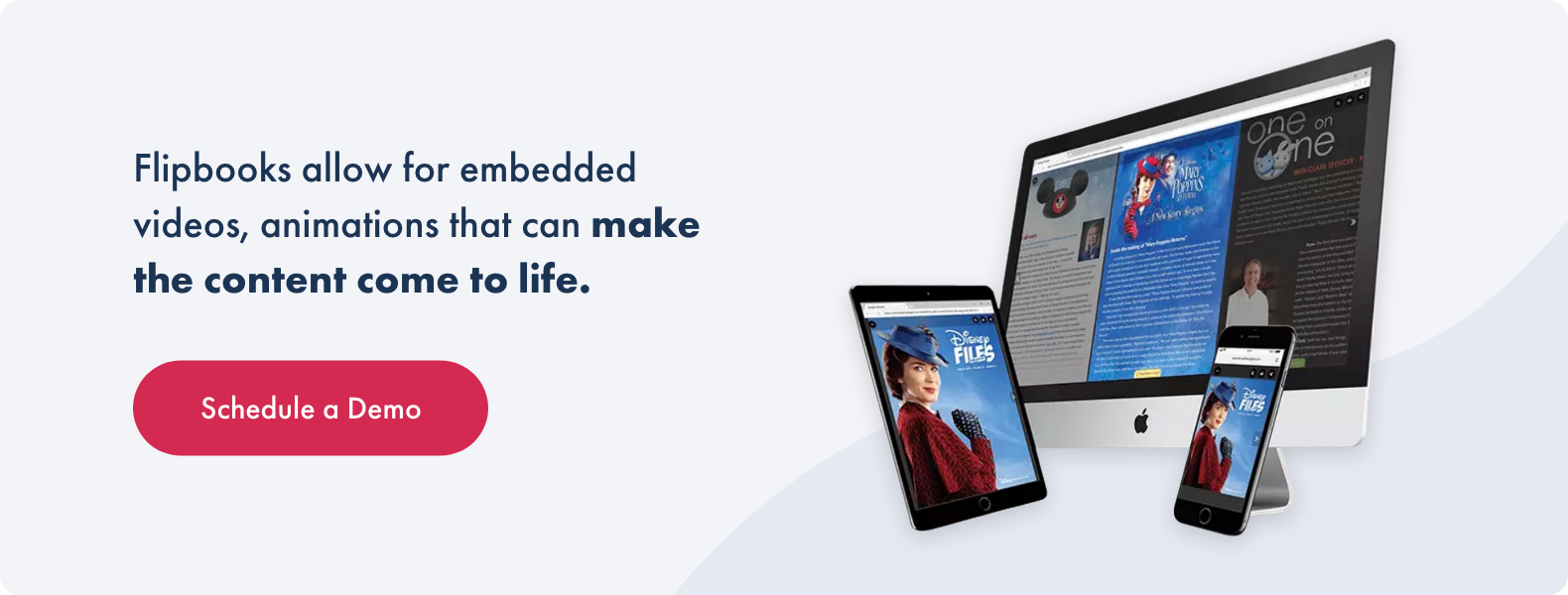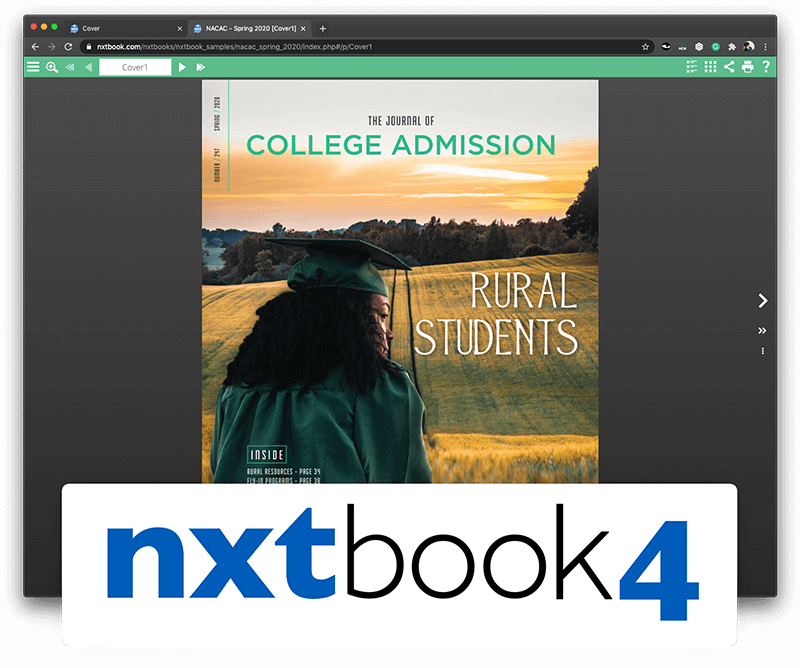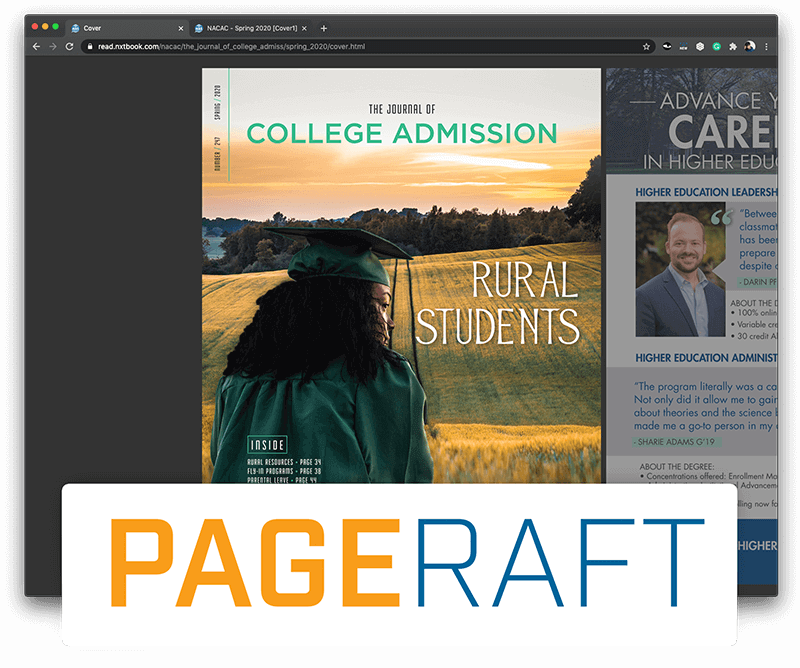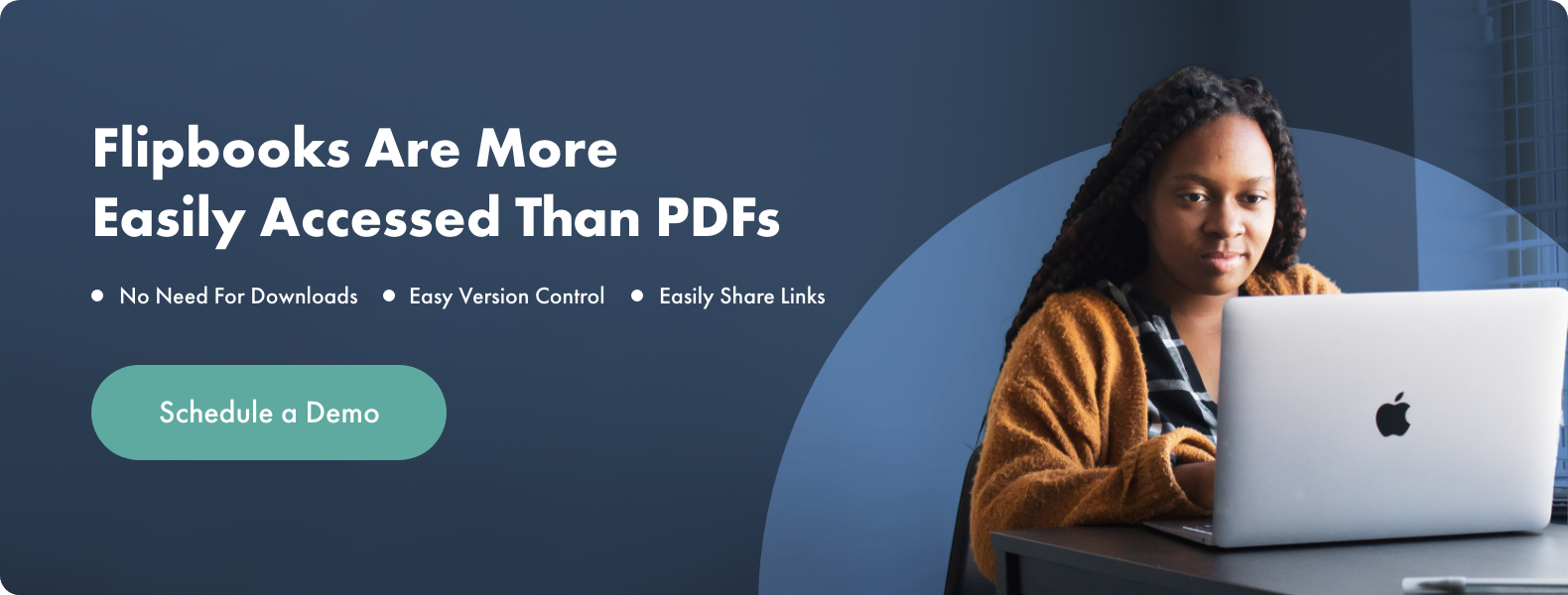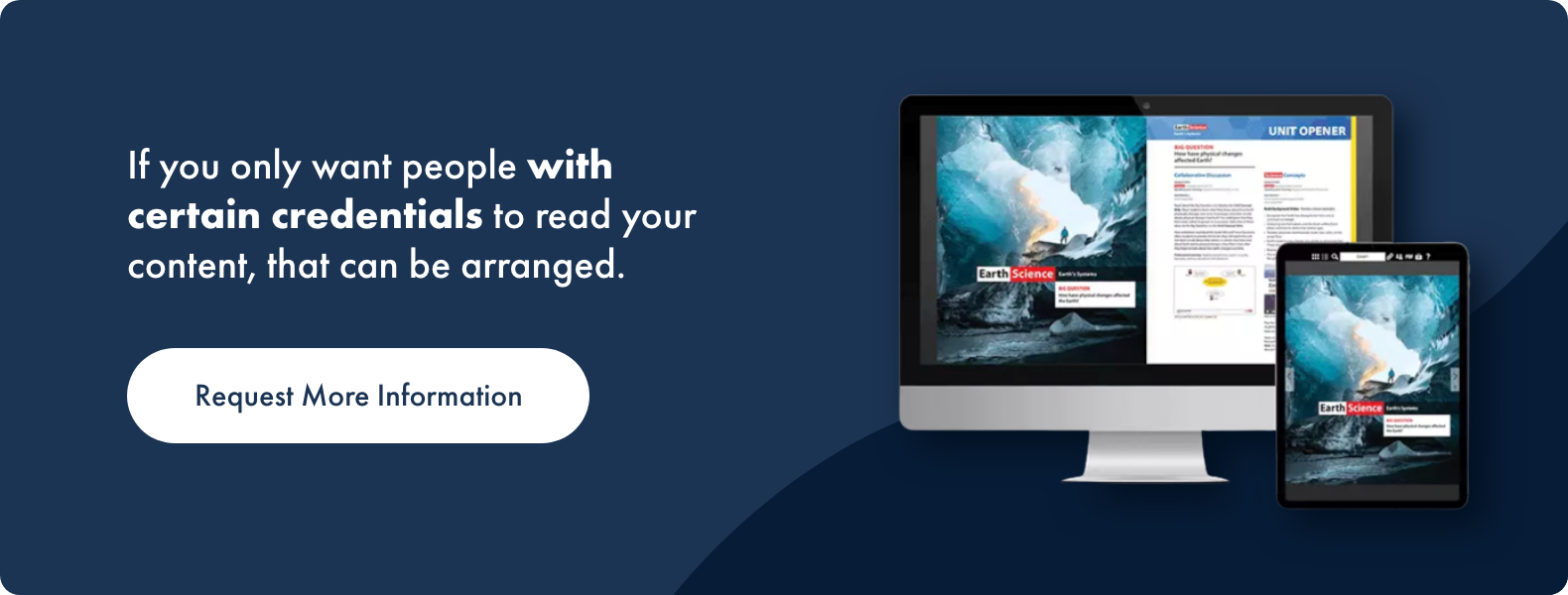What’s the difference between a PDF and a Flipbook?

Written by Paul McBride
August 18, 2020
At Nxtbook Media, we work with marketers, publishers and content creators across all kinds of industries to develop successful digital publications that further brand development and attract audiences.
As digital platforms have expanded and evolved in recent years, so have our methods for delivering effective digital content. Two of the most common methods include PDFs and flipbooks. Read on to learn more about the differences between these two digital publications and which one is most advantageous for your business.
A Brief History of the Flipbook
If the PDF opened the door to digital publishing, the flipbook can then be considered its spiritual successor. The flipbook came to the market in the late 90s and early 2000s.
What is a digital flipbook?
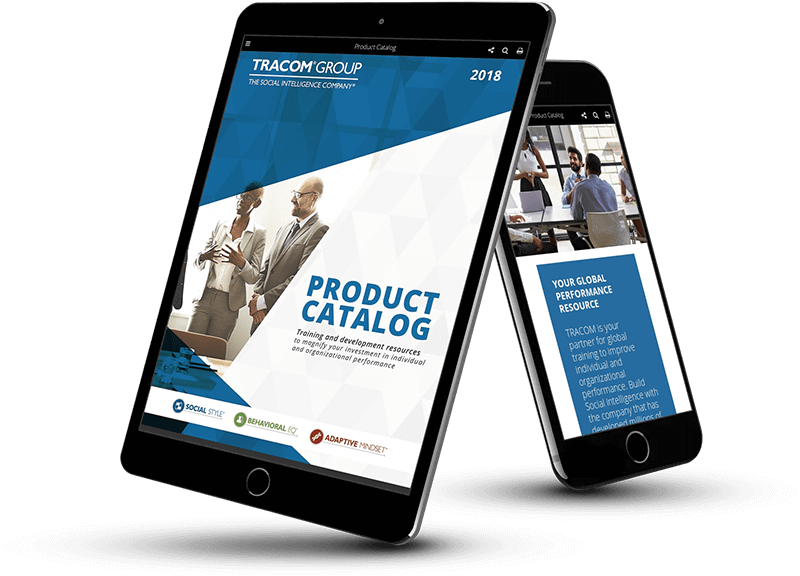
A flipbook is a digital reading experience that recreates the layout of a print publication(like magazines, catalogs, brochures and more) or conventional digital PDF, by displaying content left to right, and usually having some sort of page flipping animation, as opposed to the scrolling nature of a PDF document.
The idea behind the flipbook concept was to create a more engaging and interactive digital experience that could go beyond simply having a digital document, by taking advantage of features available on the web at large.
How Does a Flipbook Work?
Flipbooks generally start life as a PDF prior to being converted to the final product. The converted PDF can then be made interactive by adding elements such as email links, links to other web pages, animations, embedded videos, and other web specific features.
A Brief History of the PDF
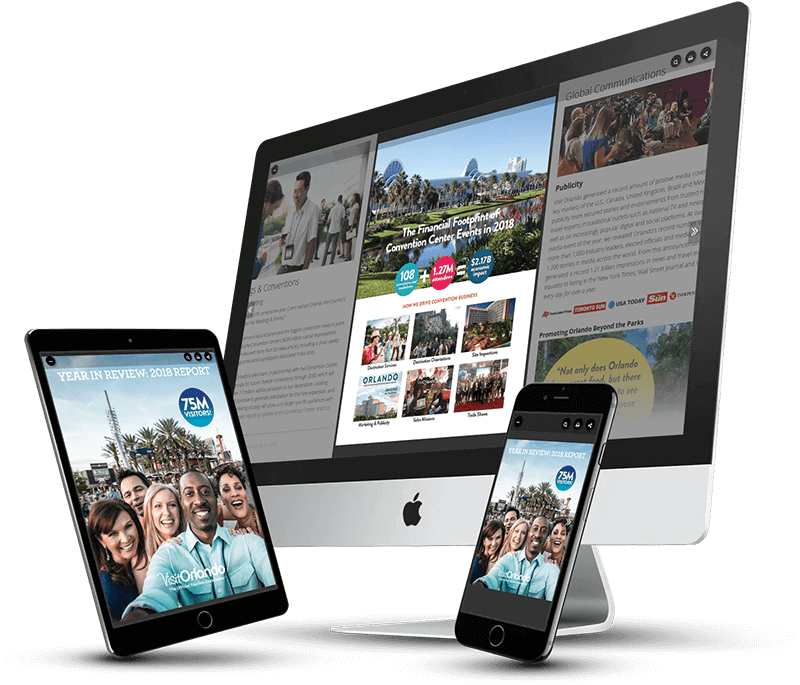
We’ll start with PDF, or portable document format, basics. If you’re on the internet, you’ve come across this file format. Adobe brought this solution to the public back in the early 90s as a way to remove paper from the workplace. If you’re counting, that means the technology is almost 30 years old.
Can you think of any other digital technology you’re using today that is 30 years old?
Aside from naming the keyboard and mouse, it might be tough to do!
To put it simply, the introduction of the PDF changed the digital landscape. The idea behind creating the PDF was that you could present or read a document exactly as it was designed, without having to own specific software, hardware, or operating systems. The PDF was a proprietary format for Adobe until 2008, when it was released as an open standard.
What Made the PDF Format So Popular?
From proprietary beginnings to near ubiquity, PDFs are everywhere. But what makes them so popular? There are a number of reasons PDFs remain popular today. Let’s take a look at a few:
PDFs are budget-friendly
As a digital publishing solution the PDF is definitely going to have the least impact on your budget, as you likely have at least one or two programs that already can create it on your computer right now. Most modern word processors or web browsers will let you save to a PDF or print to a PDF with the click of a button.
PDFs are versatile
Beyond being relatively inexpensive, the PDF is also fairly versatile in that it can be emailed (as long as it’s not too large of a file), downloaded to most devices for offline reading, and also retains all fonts and design elements from device-to-device. It’s not difficult to understand how to make a brochure, magazine or eBook using PDFs.
PDFs are old
Perhaps one of the biggest reasons PDFs are still so common is simply that they’ve become ingrained in the way marketers and publishers do business. It’s just standard practice to save out your ebook, white paper, digital report, newsletter, or magazine into a PDF and post it online without thinking twice about whether that’s the best experience for your audience.
Will PDFs Become Obsolete?
PDFs do have their benefits. They also have some downsides. They are a nightmare for version control, they can’t be edited easily, once downloaded they can be shared without permission, they are difficult to read on mobile devices due to the lack of responsive design, analytics and user engagement metrics are limited, the list goes on.
For these reasons, other technologies started to pop up in the late 1990s and even newer technology is popping up today. One of the technologies that popped up in the late 90s is the flipbook.
Flipbooks’ Benefits Over PDFs
As we outlined earlier, PDFs are immensely popular because they are budget-friendly, versatile and ingrained in the way many people do business. So why would someone choose a flipbook over a PDF? There are a number of reasons. Let’s take a look at a few.
Flipbooks are more engaging than PDFs
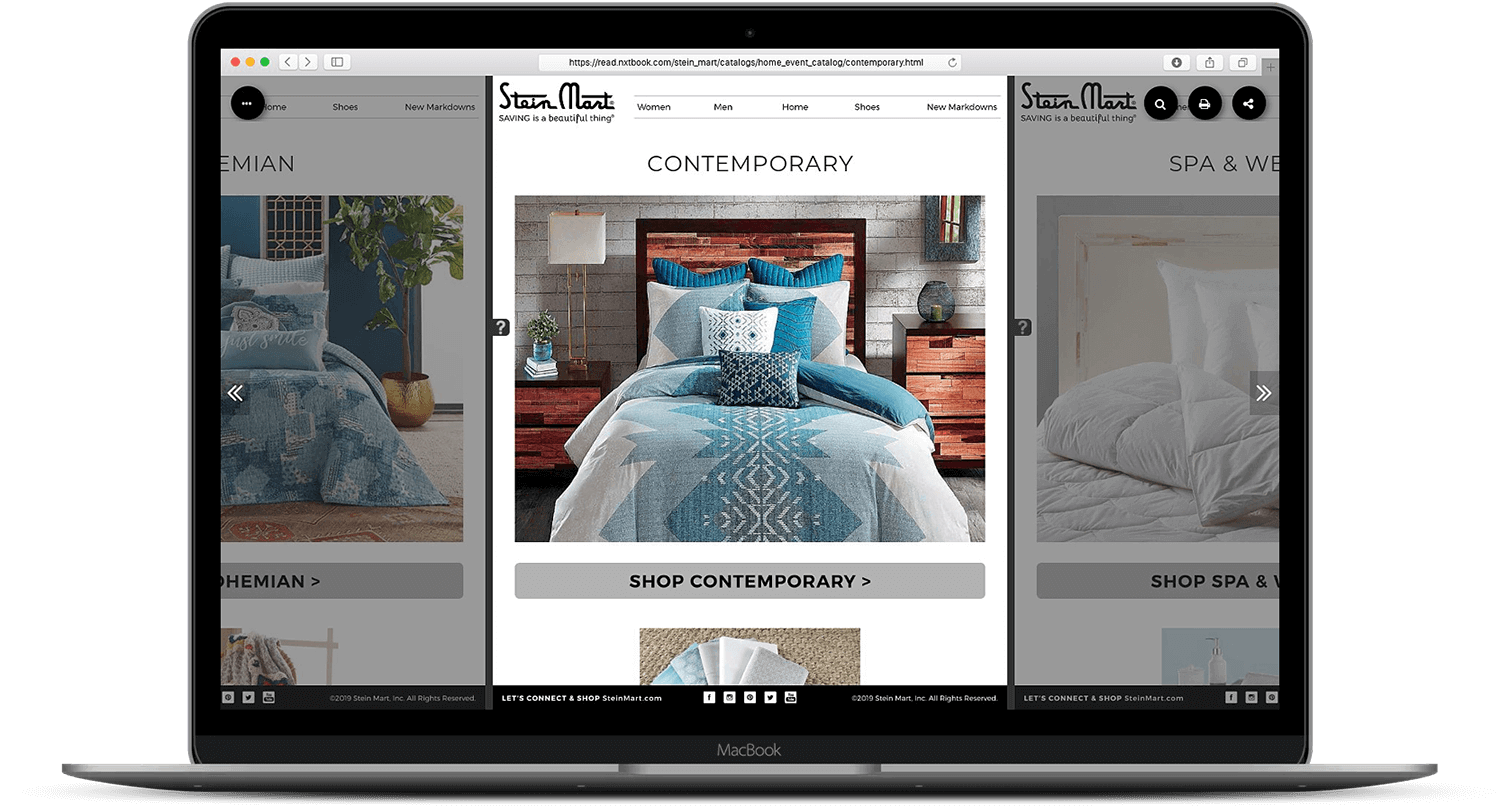
While PDFs are pretty solid when it comes to maintaining content as it is designed, they don’t have a lot to offer in the way of interactivity, useability, or engagement. Flipbooks on the other hand, offer a richer, more interactive experience.
They allow for embedded videos, animations that can make the content come to life, and more recently have even been able to create responsive content that adapts to the screen on which it’s viewed. That last one is a big plus for an increasingly mobile-first audience.
How to Use Digital Flipbooks for Your Business
Digital Flipbook Examples
Take a look below at the same content packaged in a PDF, as a digital flipbook on our nxtbook4 platform, and in our fully responsive, digital-first PageRaft platform. Click each one to see the differences.
See more examples of how flipbooks are used:
Case Studies
Brochures
- How to Create a Digital Brochure
- Limitations of Free Brochure Makers
- A platform for Interactive Brochures
Handbooks
Magazines
- How to Create Digital Magazines
- How to Tell a Story with Your Magazine
- A platform for Digital Magazines
- Promoting a Magazine & Increasing Traffic
Catalogs
White Papers
Reports
Archives
Flipbooks have better analytics than PDFs
This online reading experience also gives content creators the ability to then track content using analytics software. With PDFs you are basically limited to one metric, downloads. Beyond that, it’s tough to know whether anyone actually read your content at all. With a flipbook though, you have access to much deeper insights including how long they stayed in your content, which articles they viewed, which links they clicked, and more.
That information can be a powerful tool in helping you understand and better market content to your audience (not to mention getting that raise!).
Flipbooks are more easily accessed than PDFs
Have you ever gotten a brochure file from your designer, went to send it to a prospect and realized the file is 100 megabytes or more? Graphic-intensive PDFs can become remarkably large if they aren’t saved for web usage.
No Need for Downloads
Most flipbook software hosts the content at a URL which doesn’t require the end user to actually download a file to read the content. This can be a big plus for mobile users who may not have a ton of data or a weak cell signal.
Easily Share Links
Another plus? Many flipbooks will allow you to share a link to a specific page in your content. No more telling someone to flip to page 17 only to realize that something happened in creating the PDF and page 17 is actually page 19 (even though the numbers on the page say otherwise!).
With flipbooks, you can point your audience directly to the content you want them to see (this is a great way to reel your audience in on social media).
Easy Version Control
Let’s throw in a bonus plus! Because this content lives online. You only have to update it once to have the most current version available to your audience. You don’t have to worry about outdated PDFs floating around on the web somewhere. Just make your updates and publish them and everyone who has access will see the newest version.
Flipbooks are more secure than PDFs
PDFs are a double-edged sword when it comes to security. They can be easily shared once downloaded and that can be great if you’re looking to freely distribute something. It can be a nightmare though if you’re looking to keep it secure.
That’s where flipbooks have the advantage. Because they reside entirely online there isn’t an easy way to download and openly distribute the content unless you want it to be easy!
If you only want people with certain credentials to read your content, that can be arranged. If you’d rather anyone be able to access it or search for it online, that too, can be arranged. In this way flipbooks are more flexible than a typical PDF.
Oh and one more thing, if after all of that, you like flipbooks but still have a need for PDFs, you can configure your content to allow users to download it as a PDF.
How to Convert a PDF to a Digital Flipbook
How exactly can you create digital flipbooks from a PDF document? It’s not as difficult as you may think! Nearly all flipbooks begin as a PDF prior to being converted, so the process of turning a PDF into an interactive flipbook is tried and true.
Consider the following tips and tricks when creating your first digital flipbook from a PDF to ensure the process goes smoothly and the final product meets your expectations!
1. Compile Your Resources
Before you can begin creating your flipbook, it is essential to know what you want to include in it. Begin by determining what you want to convey to your audience. Once you have a goal for your flipbook, try to figure out the best means to convey this message. A flipbook about fashion, for example, may need more photos than a flipbook about current trends in mathematics.
Going into the creative process with a key understanding of what you want to share with your readers is crucial in communicating your message. Review the following areas to maximize the resources you can prepare when beginning the process.
Photos
Choosing the right photos is imperative to get your readers’ attention and for provide a visual aid so readers can understand the information best. Ensure your photos are relevant to the information they are paired with, eye-catching and add to the content within the flipbook rather than detract from it.
Video
Sometimes information is best communicated in ways other than text. A video can be a fantastic resource to include within a flipbook, specifically for highly technical information or guides such as a “how-to” or “step-by-step” instruction manual.
Content
The most important piece of your flipbook is the content within it. Coming prepared with relevant text is essential to kicking off your flipbook creation process. Make your content informative yet easy enough to read to keep your audience’s attention. The better your content is written, the more likely your flipbook will be viewed by a wider audience.
Other
Consider additional resources to add to your flipbook such as infographics or graphs when in need of adding visual aids or further context. In many cases, a graph or infographic can help support your content and make it easier for readers to comprehend what you’re trying to communicate with them.
2. Decide on Design Specifications
While the content and the resources within your flipbook are vital to readers understanding what you are trying to convey, the design of your flipbook is crucial to your readers’ understanding and impression of your organization. A clean and visually appealing design can help to convince readers of your credibility and professionalism. A cluttered and messy design may turn readers away.Consider the following design tips when creating your flipbook.
Understand Your Brand
One of the areas that many companies gloss over when creating a flipbook is intertwining their brand with the book’s design. Consider the color palette of your brand’s website and logo. Your flipbook should reflect these colors to add credibility and cohesiveness to the overall design.
Additionally, use brand traits such as the personality you’ve displayed in blog posts and social media posts. If your brand is more straight-laced, then convey that tone within the flipbook. Alternatively, if you’ve used a relaxed and conversational tone in previous pieces, your flipbook should reflect this style for brand consistency.
Customize by Audience Type
The design of a flipbook can be a useful tool in drawing in and keeping them interested in your flipbook. To maximize the readability of your flipbook, cater the design to your intended audience.
For example, if your flipbook is intended to be read by children, ensure the design is brightly colored and eye-catching. If your flipbook is designed to be read by older adults, make the text larger and easier to read from a distance. Catering your flipbook’s design to your targeted audience can help ensure the right people are reading the content within your book.
3. Choose a platform
The final step to creating and publishing your flipbook online is to find the right platform for its creation. With a seemingly endless supply of companies offering flipbook creation services, choosing the right platform can seem overwhelming, but it doesn’t have to be. Consider these areas when choosing a flipbook platform.
Is Free a Good Idea?
While a few services offer “free” flipbook design and creation, many of the best online flipbook makers include a paid plan. While it may seem advantageous to pay nothing to have a flipbook created, there are several factors you should consider before jumping into a free flipbook plan.
When you pay nothing to have a company design your flipbooks, there is no contractual obligation by the creators to deliver you a product that you’ll be proud of. Additionally, free plans are generally filled with “gotcha” areas where you may have to pay unexpected fees for distribution, publication and removal of watermarks.
A paid plan with a trustworthy media company, such as Nxtbook Media, ensures your organization’s flipbook will be designed with craft and care to help meet your expectations by certified designers. Additionally, with all costs presented in a transparent and upfront way, you’ll never be surprised by fees. You’ll know exactly what the cost is right from the very beginning.
Choose Nxtbook Media
Are you interested in partnering with a trustworthy team of experienced designers and media professionals for your next flipbook project? Consider partnering with the Nxtbook Media team. At Nxtbook, we’re built to help content creators thrive by providing exceptional digital content experiences that engage readers and drive results. Want to begin your flipbook journey with us? Contact Nxtbook Media today for more information!
